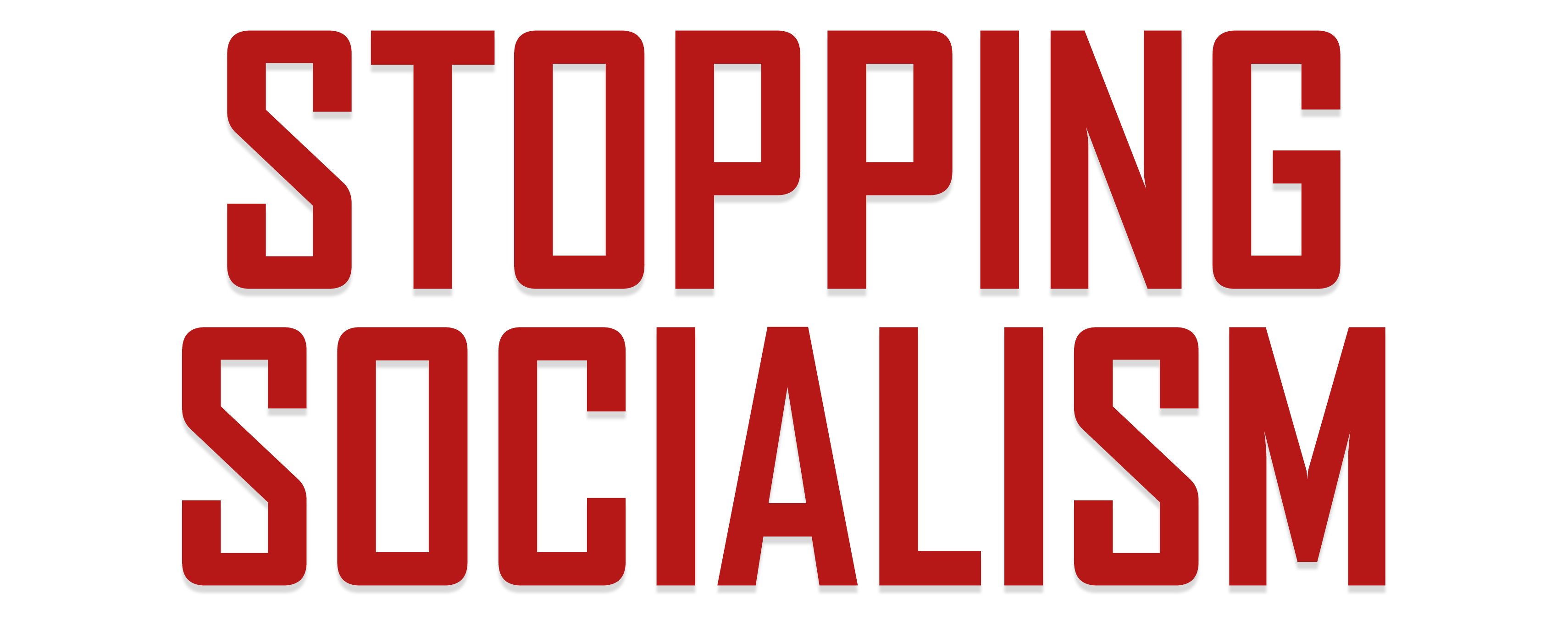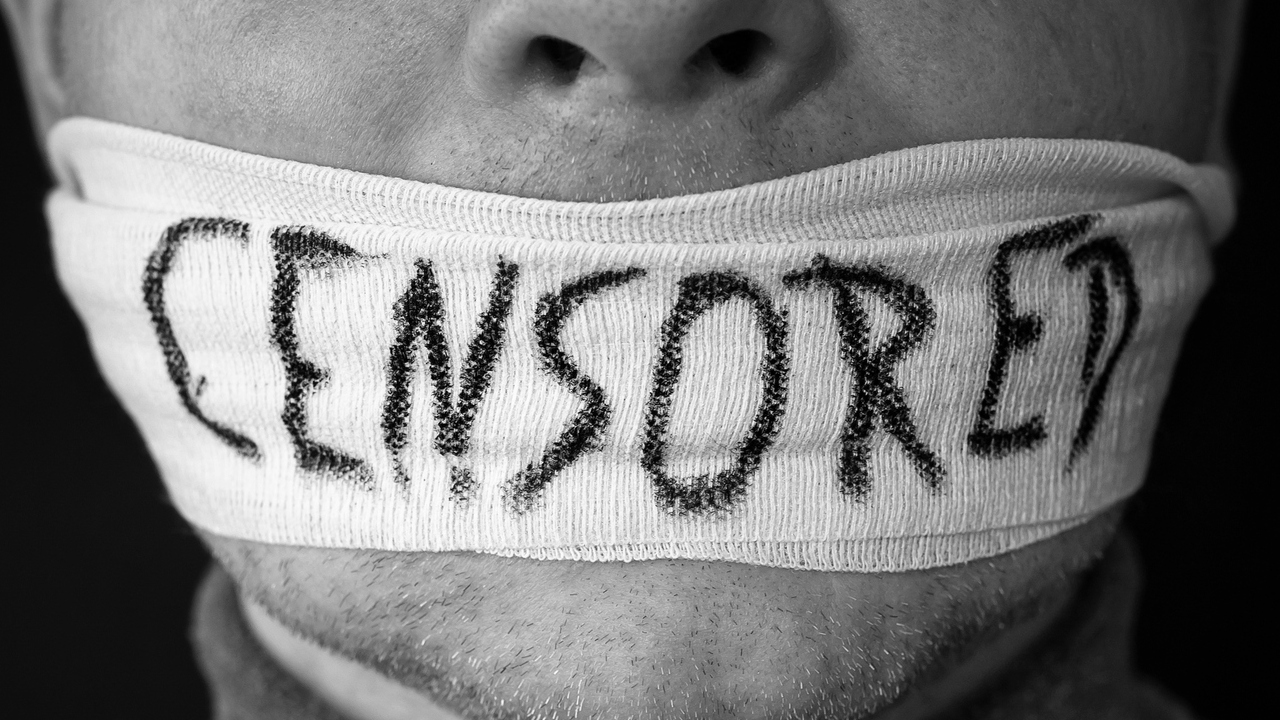Signs of an economic retrenchment in the United States are multiplying. The federal government and Federal Reserve are suppressing the production of goods and services by the private sector, which will decrease economic output and the national quality of life as measured in economic terms.
The latest sign of an impending downturn is the ongoing reduction in the number of temporary jobs.
The Fed and the Biden administration have been highlighting unemployment, which is low, at 3.5 percent – exactly where it was in February 2020, right before the pandemic lockdowns cratered the economy. The Biden administration and congressional Democrats see the low unemployment rate as a vindication of their record-setting spending spree, and the Fed sees low unemployment as a terrifying prospect of upcoming inflation.
They are both wrong. The unemployment rate is a lagging indicator of economic changes, not a leading one. Both the boasting and the fearmongering are unjustified.
The number of jobs for temporary workers is a very different story. The Bureau of Labor Statistics (BLS) says “falling temp jobs have been closely connected to trends in the business cycle,” meaning they can signal an upcoming recession, notes Mises Institute Executive Editor Ryan McMaken at the organization’s website.
That appears to be true in the present case.
The number of jobs filled by temporary help services (THS) has been decreasing throughout this year. “THS growth turned negative in December 2022 and as of July has been negative for seven months in a row,” McMaken writes.
The decline has been accelerating and is now ominous. “THS jobs in July were down 4.7 percent, which is the lowest since 2020 and is comparable to what we saw in the months before the beginnings of recessions in 1990, 2001, and 2007,” according to McMaken.
The BLS notes that a decline in THS employment preceded the unemployment increase in those three recessions by six to 12 months.
This is a strong indication that the U.S. economy is weakening. The BLS states, “when the economy contracts, flexible labor arrangements provided by temp agencies allow firms to scale down their operations readily and without the added expense of separation pay or having to let go of their best workers.”
Furthermore, “average weekly hours of all employees have been declining also,” McMaken writes. That means companies are reducing total work hours without having to lay people off, which will save them on severance costs now and training costs later. They are preparing for an economic slowdown.
Attrition – people leaving the workforce for one reason or another – is reducing employee rolls further. The number of Americans not in the workforce has been rising steadily since the year 2000 as the Baby Boomers age out. In addition, an important reason the reported unemployment number is currently low is that the federal and state governments are increasingly paying people not to work: the trendline for the rise in federal transfer payments (government social benefits to individuals) is now well above what it was in January 2020. The rise is even steeper when you add in state and local transfer payments.
Businesses don’t need as many workers as they did previously– a sign of economic decline – but they are reluctant to lay people off, because they know it is difficult to get new employees to sign on. They are carrying workers they don’t really need and are cutting their hours to avoid having to find new people later.
That is no sign of a healthy economy, nor of an overheating one.
Another important data point is the yield curve: the difference between the interest rates paid on long-term Treasury bonds (10 years to maturity) and short-term ones (three months). The yield curve inverted before each of the seven recessions since President Richard Nixon ended dollar convertibility to gold in 1971. When the yield curve inverts, it means people are seeking safety in long-term bonds because they are expecting near-term trouble with the economy. They are always right.
Since 1978, the average lag time between yield curve inversion and the inevitably ensuing recession has been 12 months. This time, the yield curve inverted in October of 2022 – 10 months ago. In July, the yield curve inversion reached its biggest extent since 1981 – which hit 11 months before a long and deep recession.
These and other recent economic news items are distinct signs of an unhealthy economy made sick by government. The only cure is for the federal government to reduce spending and lower taxes and regulation – and significantly – as that is the one proven method of growing an economy.
As always, Biden gives us no cause for optimism in that regard.
First published at Center Square.
S.T. Karnick
S.T. Karnick is the director of publications for The Heartland Institute. Before joining Heartland, he served as director of publications for the Hudson Institute, where he was co-founder and editor in chief of the organization's quarterly magazine, American Outlook.





